Digging through History
Digging through History
Archaeology and Religion from Atlantis to the Holocaust
Richard A. Freund
ROWMAN & LITTLEFIELD PUBLISHERS, INC.
Lanham Boulder New York Toronto Plymouth, UK
Published by Rowman & Littlefield Publishers, Inc.
A wholly owned subsidiary of The Rowman & Littlefield Publishing Group, Inc.
4501 Forbes Boulevard, Suite 200, Lanham, Maryland 20706
www.rowman.com
10 Thornbury Road, Plymouth PL6 7PP, United Kingdom
Copyright 2012 by Rowman & Littlefield Publishers, Inc.
All rights reserved. No part of this book may be reproduced in any form or by any electronic or mechanical means, including information storage and retrieval systems, without written permission from the publisher, except by a reviewer who may quote passages in a review.
British Library Cataloguing in Publication Information Available
Library of Congress Cataloging-in-Publication Data
Freund, Richard A.
Digging through history : archaeology and religion from Atlantis to the Holocaust / Richard A. Freund.
p. cm.
Includes bibliographical references and index.
ISBN 978-1-4422-0882-7 (cloth : alk. paper) ISBN 978-1-4422-0884-1 (electronic)
1. Archaeology and religion. 2. Excavations (Archaeology) 3. Antiquities. 4. Mysteries, ReligiousHistory. I. Title.
BL65.A72F74 2012
200.9dc23 2012023525
 The paper used in this publication meets the minimum requirements of American National Standard for Information SciencesPermanence of Paper for Printed Library Materials, ANSI/NISO Z39.48-1992.
The paper used in this publication meets the minimum requirements of American National Standard for Information SciencesPermanence of Paper for Printed Library Materials, ANSI/NISO Z39.48-1992.
Printed in the United States of America
This book is dedicated to
Judy Freund
Howard Berkowitz
Beatrice Freund
Aaron Stovitz
CONTENTS
A Short Chronology
55004500 BCE | The Neolithic (Stone) Age (pottery was introduced) |
45003200 BCE | The Chalcolithic (Copper) Age (copper and flint were used; writing was developed in Mesopotamia and Egypt) |
The Rise of Atlantis |
32001200 BCE | Bronze Age (Early, Middle, and Late) |
The End of Atlantis |
The Exodus from Egypt |
30002700 BCE | First and Second Dynasties of the Egyptian Kingdom |
1200586 BCE | Iron Age (from the exodus from Egypt until the destruction of the First Temple by the Babylonians in 586 BCE) |
Hebrew Bible Written Down |
The Rise of the Phoenicians and the Sea Peoples |
586539 BCE | The Babylonian Exile of the Judeans from Israel |
546333 BCE | The Persian Period and the Rise of Classical Greece: Socrates, Plato, and Aristotle |
Story of Atlantis Written Down |
33263 BCE | The Greek Period: The Rise of Alexander the Great |
Rise of the Dead Sea Scrolls Community at Qumran |
63 BCE325 CE | The Roman Period in the Ancient Middle East |
Dead Sea Scrolls Community Ends |
325638 CE | The Byzantine Period: The Rise of Christian Rome |
6381096 CE | The Early Muslim Period: The Golden Age of Spain |
11001200 CE | Crusader Period |
12001517 CE | Middle Muslim Period, Spain, North Africa, Middle East |
Reconquista in Spain and Expulsion from Spain |
15171917 CE | Ottoman Empire Period in Mediterranean |
Enlightenment |
The Cairo Geniza is discovered |
World War I |
19171948 CE | British Mandate Period in Israel |
19331945 CE | Rise of Nazism in Germany, World War II, the Holocaust |
1947 CE | Discovery of the Dead Sea Scrolls |
1948 CEPresent | Modern State of Israel |
Divine Footprints
Digging through History
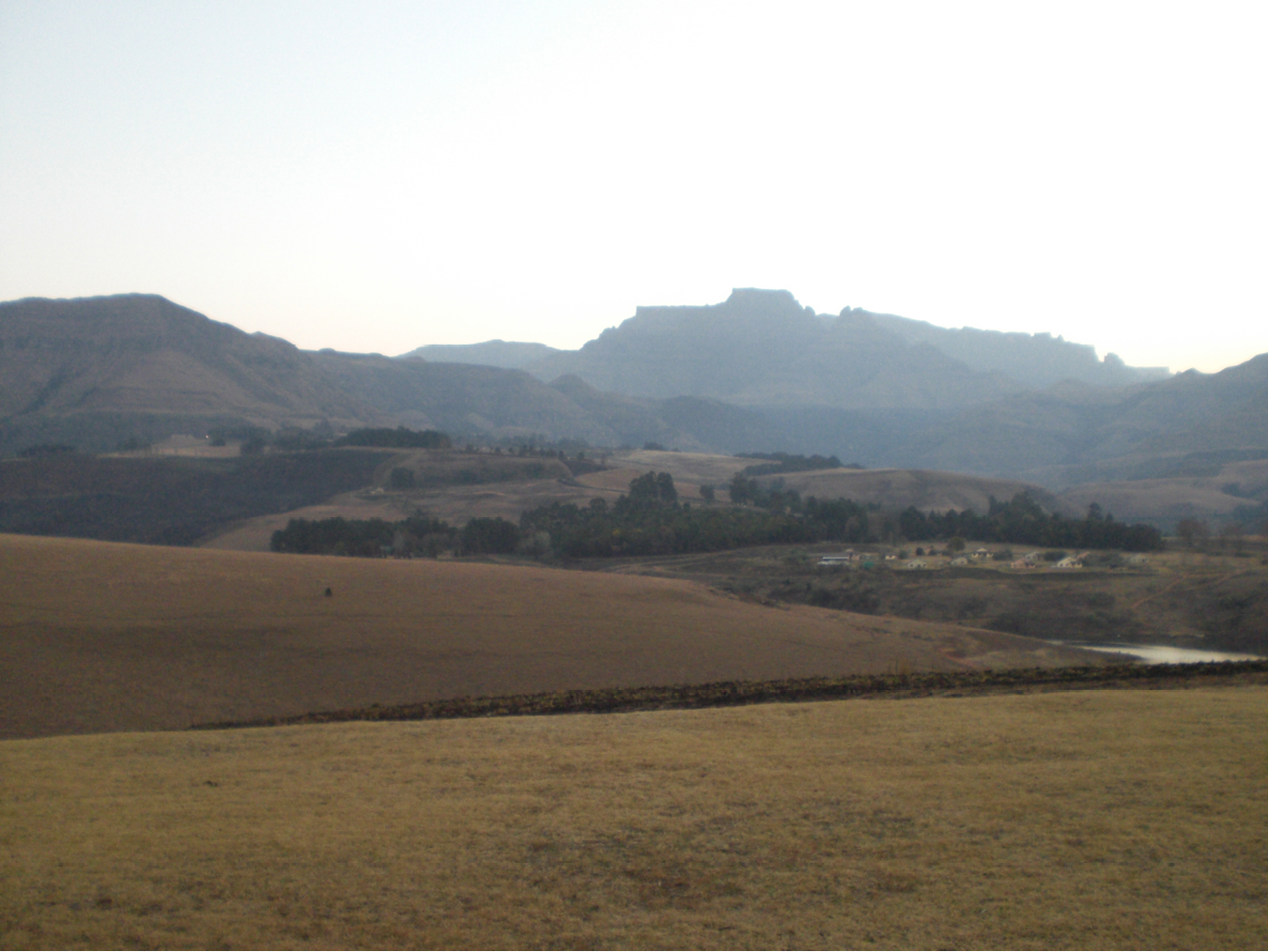
Figure 1.1. Champagne Castle, Drakensberg, KwaZulu-Natal, South Africa
Courtesy of Richard Freund, University of Hartford
Your way was through the sea and Your path through the mighty waters; but Your footsteps left no prints.
Psalms 77:20
T his is a book about some of the worlds great mysteries of religion and how archaeology has helped us understand the meaning of these mysteries. I have been using chapters of this book in my courses at the University of Hartford for the past decade. This book is intended for students and for the general public who often struggle with many of the mysteries of religion and wonder if archaeology has produced answers to help resolve some of the most fundamental questions of history. Writing a book called Digging through History is a daunting task, but it started because I could not find a single book that utilized archaeology to encompass the full sweep of history, from the ancient period to the modern period, for my survey course. Even this book is not comprehensive. It is episodic history that extends from the ancient period to the modern period, focusing on critical junctures or events that illustrate great principles of history. Out of this, Digging through History was born.
But history is very long, so the question is this: Where do you begin? Human history is much older than the period from Atlantis to the Holocaust, which is the main thrust of this book. This book covers perhaps only six thousand years of human history, and my focus is on how this history played itself out in the life and times of the ancient Israelites and later the Jews. This is all a small part of the vast human history that has existed on the planet. Geologists write about a history of the earth using a framework of billions and millions of years. Paleontologists use the gauge of millions and hundreds of thousands of years. This book covers only a small fraction of the much shorter human history, focused upon a few illuminating subjects, areas of the world, and peoples who inhabit the earth.
I was in South Africa while I was finishing this book, and it gave me a perspective on just how difficult it is to look at human history. The caves around Drakensberg, South Africa, contain cave paintings that the locals say go back thousands of years. These early artistic renderings by ancient peoples tell us something about who they were and what their lives were like, but we have no texts about their lives that we can compare the paintings to. In this book, I compared how textual information and material culture together help us understand events in history. Although the cave paintings are attempts to create and transmit human culture, it is nearly impossible to know what they were trying to say since we do not have any textual information to compare it to.
I have been involved in excavations that have textual information associated with them. This is both good and bad. It is good because we can compare and contrast the textual information with the material culture. It is bad because we inherently never know if the site we have chosen is indeed the site associated with the text. I have tried to connect texts with the different sites discussed in this book so that readers can see how you can take the text seriously as a source to help understand the past, even while you are not reading it literally.
Next page

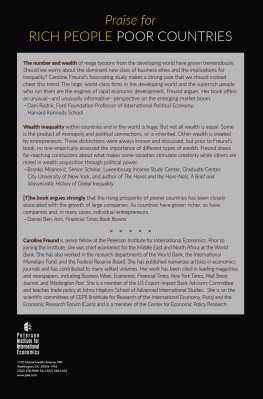
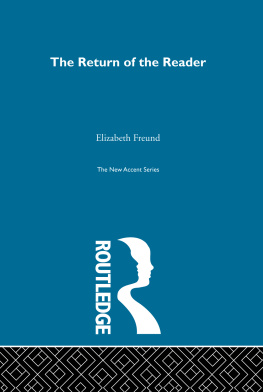

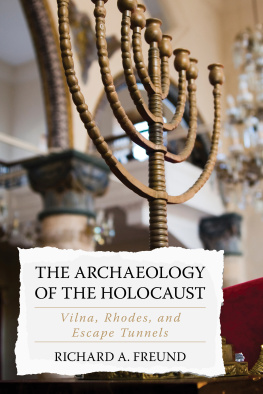
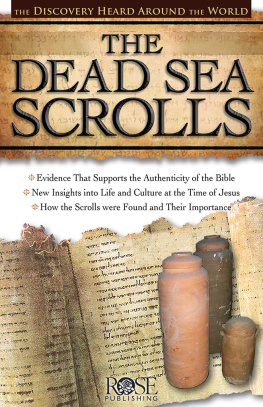
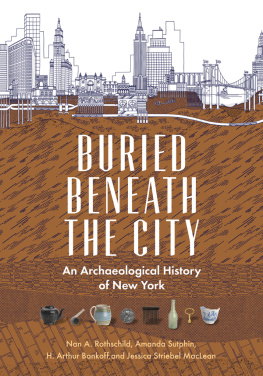
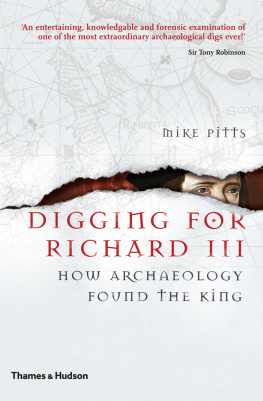
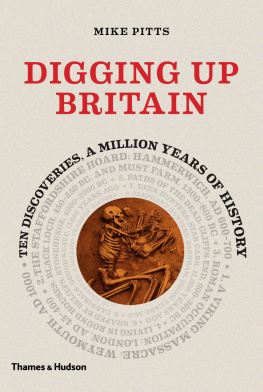

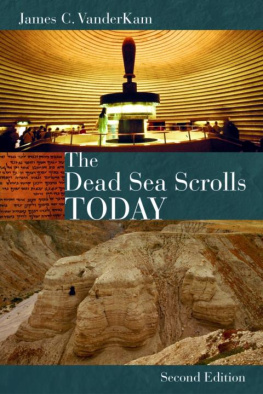
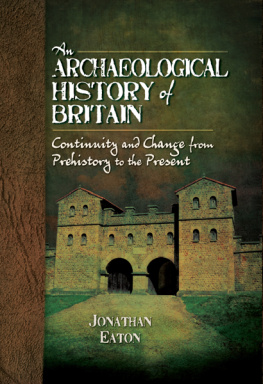
 The paper used in this publication meets the minimum requirements of American National Standard for Information SciencesPermanence of Paper for Printed Library Materials, ANSI/NISO Z39.48-1992.
The paper used in this publication meets the minimum requirements of American National Standard for Information SciencesPermanence of Paper for Printed Library Materials, ANSI/NISO Z39.48-1992.